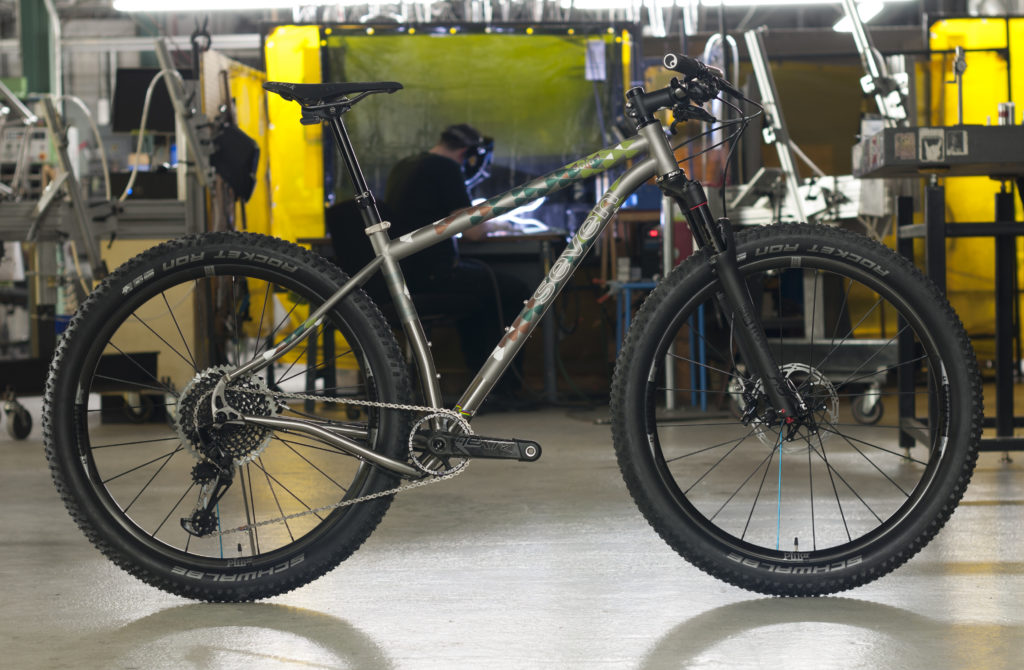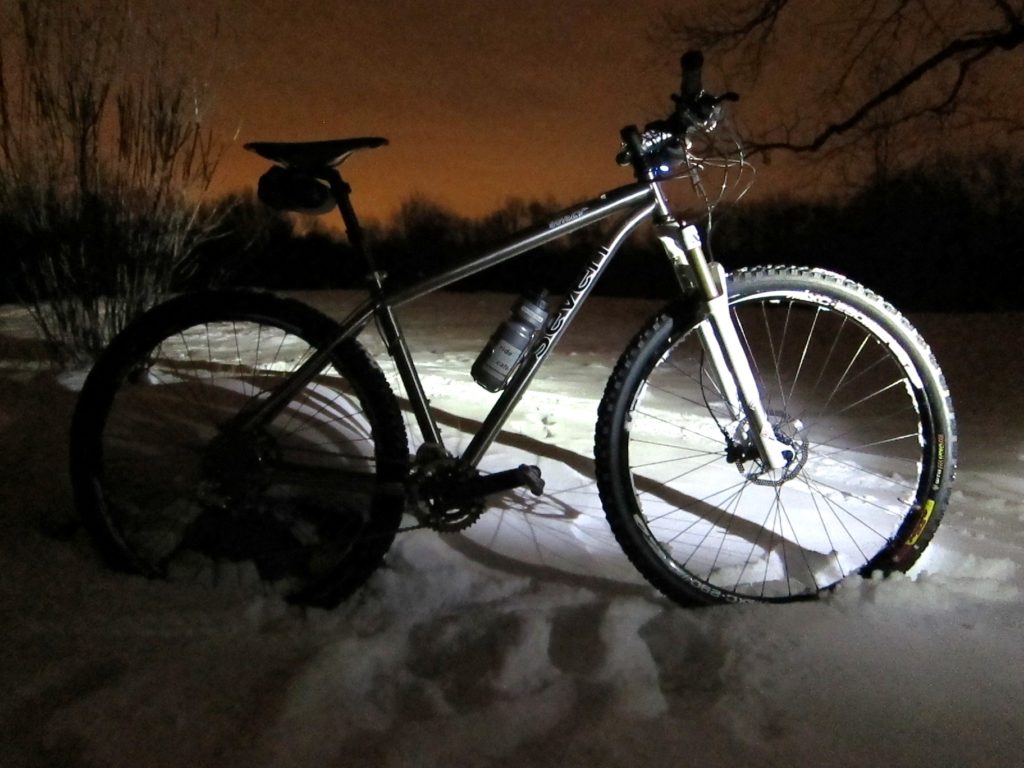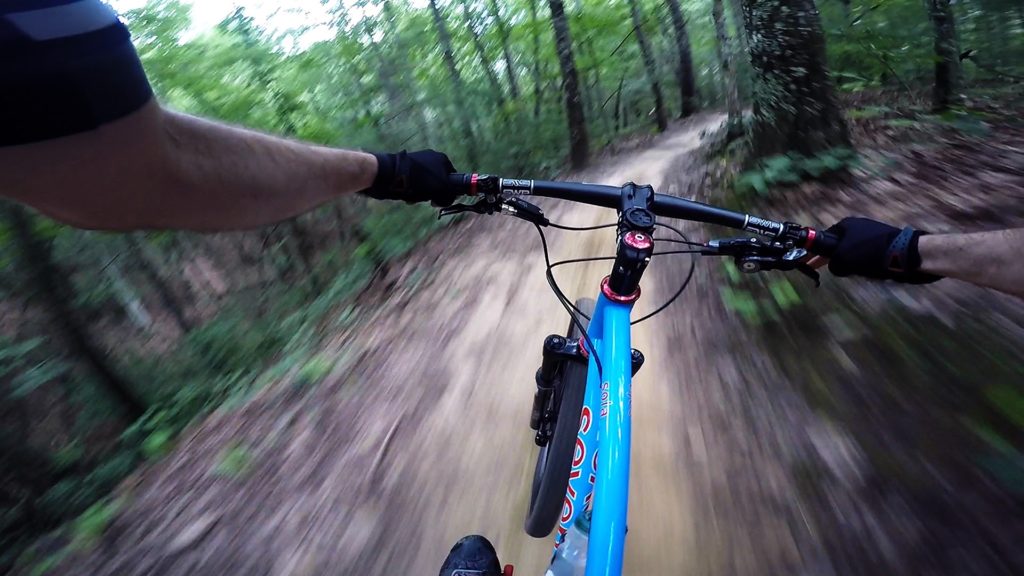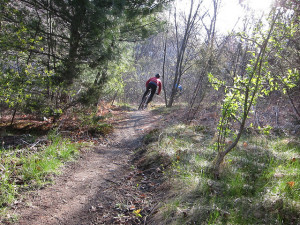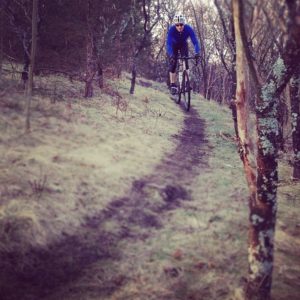There is a difference between a fad and a trend. A fad is an idea that pops up, becomes popular and then disappears after folks figure out it’s not as great as it first seemed. A trend is a gradual change in the way things are done. It can be hard to distinguish fads from trends. We struggle with this all the time. As builders of our own bikes, we can’t just be concerned with whether something is popular at the moment, we have to think through how to produce it, whether the resulting product is more valuable to our riders than the ones we already make, and whether developing the fixturing will be worthwhile over a period of years.
Recent seasons have produced some interesting trends, for example the growing interest in mixed-terrain (or “gravel”) bikes and on the mountain side of things, the emergence of the 650b (or 27.5) wheel size. These are both good trends for us, because, as custom builders, we already have all the capabilities we need to produce them. What looks like fragmentation in the market, the splintering of categories, actually looks to us like a convergence of our skills with what the market wants.
So, while other bike companies scramble to bring new products to market and add pages to their brochures to cover the latest trends, we’re actually seeing a lot of our products merging together as riders get better and better at knowing exactly what they want from their bike and their riding.
Of course, we’re still building straight ahead road and mountain bikes, but we’re also building an awful lot of bikes that blur the lines between pure road and pure mountain, as riders seek one bike to meet a lot of different needs. These can be road-oriented bikes (read: drop bars) with medium-reach road calipers to fit wider tires and/or fenders, so the resulting bike can spend some time off pavement and also work as an effective commuter in bad weather, or they can be more trail oriented bikes with cyclocross forks, wide tire clearance and disc brakes. Some will take flat bars, like a traditional mountain bikes, and some will have commuter type bars, flat or sweeping, but with multiple hand positions.
We are building these One Bikes out of our Axioms, our Expats, our Evergreens and our Solas.
Over and over we see riders working on that single solution , and the bikes that come out are not only some of the most everyday useful we have produced, but also some of the most ingeniously multi-functional. They take advantage of all the things we are able to add to a frame design, all the component compatibility, to do more cool stuff on two wheels. Watch this space for two upcoming projects that will feature exactly this sort of do-everything bike.
